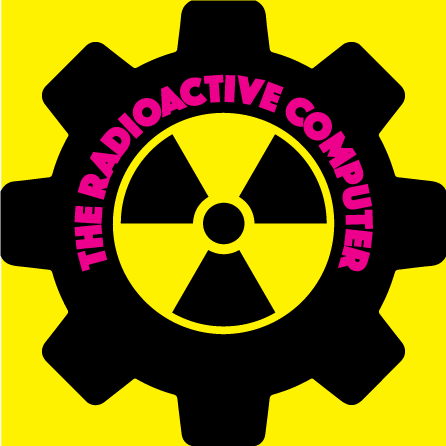Speakers, Hearing the Difference
- Cole Conrad Shrader
- Oct 31, 2018
- 2 min read
We listen to music almost every day. Historically it has been part of human nature and tradition to see the patterns and beauty in sound. With the advent of modern technology we have been able to capture and produce sounds out of machines all over our homes and throughout our lives. Speakers come in a variety of forms, each with their own unique systems and sounds. Below will be the different key forms and their issues and strengths.

Cone Speakers, crossovers to the sides and single cone in the center
The most common type of speakers we have are cone speakers. If you have a speaker in your house that has a cylindrical cone it is probably a cone speaker. These cones vibrate when a signal goes through them, with a range of sound based on the size and shape of the cone. Some CSs have multiple cones (or drivers) and some have one cone or driver. Single drive speakers are fairly simple and don't cost a lot of money. Having a single cone means you can play with most of the range however the speaker may struggle with bass and treble parts. Crossover speakers, or milti-driver systems, have a collection of different types of cones specified to specific jobs. These jobs include treble, bass, and extreme bass among others. The obvious downside of crossovers is that they are complex, and complexity is expensive and begets problems. Overall, cone based speakers are common and well rounded. Even if crossovers are a bit more complex they still work well under most circumstances.

An electrostatic speaker from two angels, demonstrating the thin sheet
There are also some exotic types of speakers like the electrostatic and planar variety. Planar magnetic speakers, or PM speakers work by levitating a thin metal strip in between two magnets. Changes in signal and currant cause changes in the magnetic field which vibrate with high precision. PM speakers can reach a high range of frequencies at incredible precision but are do have their disadvantages. PM speakers are expensive, the technology for them is fairly new and very complex so the cost can be driven up. Additionally the magnets in the speakers are very heavy so moving them or using them for portable speakers is difficult. Similar to PM speakers, electrostatic speakers vibrate a flat sheet of plastic coated in a conductive powder such as graphite through electrical currents. As the signal to the speakers change, the current changes the way that the plastic vibrates. Electrostatic speakers can produce a distortion sound not heard in other forms of speakers and is very precise in its sound as the method frees the vibrating piece from external effects (similar occurrences in the PM speakers). However the drawbacks are in the bass which is not as deep (note that this can be fixed in some models if they are specified for bass use). Maintenance is also difficult in environments with lots of humidity. The humidity in the air can mess with the tautness of the speakers and can distort the sounds it makes.
























Comments